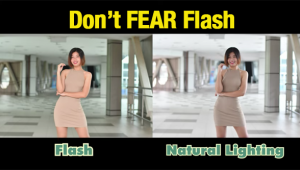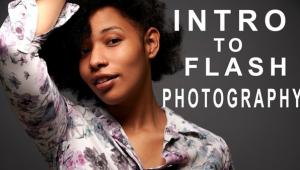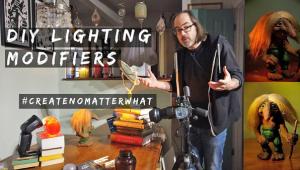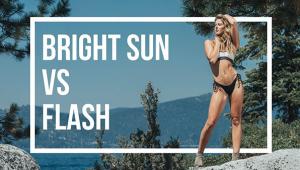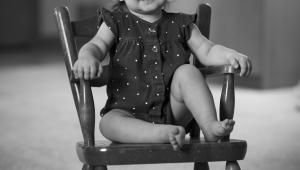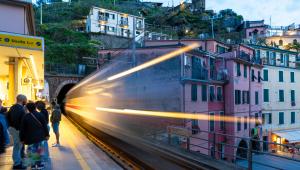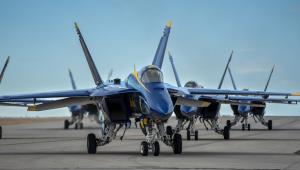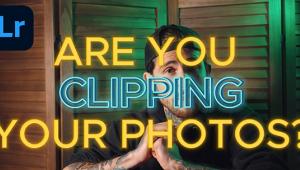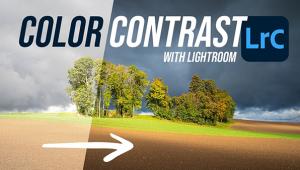Low-Light Photo Tips
Shooting good photos in dim light is challenging, but can also be quite rewarding, because capturing the feel of the existing light generally produces a more pleasant picture than using on-camera flash.
The basic problems facing the low-light photographer are being able to use a fast enough shutter speed to permit hand-held shooting, and being able to use a small enough lens aperture to provide the required depth of field. The tools to solve these problems include tripods and other camera supports (which hold the camera steady so you can use long exposure times with non-moving subjects), fast lenses (which let you use faster shutter speeds in any given light level), and higher ISO speeds (which let you use faster shutter speeds and smaller lens apertures in a given light level). Image-stabilizers (built into lenses or cameras, or separate units) are also quite helpful.
One problem with long exposures is that film loses sensitivity as exposure times increase. This is popularly known as "reciprocity failure," and it means that at long exposure times, your photos likely will be underexposed if you go by the meter reading. Since color films have three or four emulsion layers, not all of which lose speed at the same rate, there's a color shift as well as a speed loss as exposure times increase. (Reciprocity failure affects extremely short exposure times, too, but those are not encountered in low-light shooting.) Film manufacturers provide reciprocity compensation data for specific films; this information is often available on their websites.
With digital cameras, long exposures result in increased image noise ("digital grain"). Some digital cameras have noise-reduction features; activate these to improve image quality when making long exposures (see the camera manual for details).
It's a good idea to bracket your low-light exposures whenever possible. Shoot one photo at the exposure setting you think is correct, then shoot additional images, giving more exposure than that. (Normally, you'd bracket in both directions, but overexposure is rarely a problem in low-light photography.) If your camera offers automatic exposure bracketing, you can shoot the bracketed series very quickly, but with practive, you'll learn to do it quickly manually, too.
1. Get Some Support
If the conditions require a long exposure time, it's a good idea to find something to support the camera. The best support is a tripod. It offers the advantages of holding the camera still to prevent image blur due to camera movement (although it won't help with subject movement), and locking in your composition so you can examine it carefully, and won't accidentally change it as you squeeze off the shot. The disadvantages are that you have to buy the tripod and cart it around with you, and in some venues don't permit the use of tripods.
A monopod is essentially a tripod leg with a camera mount at the top. Sometimes monopods are permitted where tripods aren't, and monopods are much easier to cart around. In fact, I often use mine as a walking stick on hikes. The drawback to the monopod is that it isn't as steady as a tripod.
A beanbag is a great low-light photography tool. Set the beanbag on any handy support (I often use tree branches), and nestle the camera into the form-fitting beanbag.
You also can brace the camera on walls, tables, the floor, or any handy solid object. Just take care not to damage the support surface.
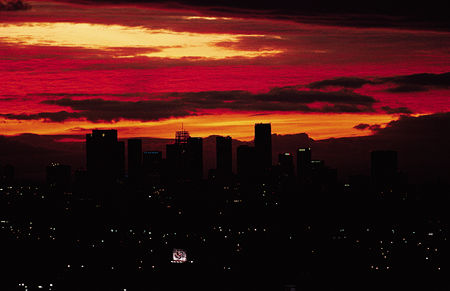
A tripod held the camera solidly for this pre-sunrise city-skyline image on ISO 64 slide film. This was shot from a rooftop; be aware that buildings aren't quite the solid photo platforms you might think: they vibrate a bit, what with air conditioners running, winds, trucks rumbling by on adjacent streets, and the like.
2. Fast Lenses
A fast lens lets you shoot at a faster shutter speed in any given light level, and as a bonus, provides a brighter viewfinder image (with SLR cameras) for easier composition and manual focusing. The drawbacks are that faster lenses cost more than slower ones, and are much bulkier; and very wide apertures provide little depth of field. But if you plan to do a lot of low-light shooting, you should consider investing in a fast lens of the appropriate focal length(s). Even zoom lenses are available with maximum apertures of f/2.8 or faster.
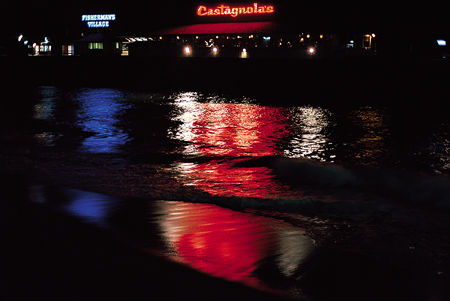
A fast lens will let you shoot at a faster shutter speed in any given light level, and allows you to stop the lens down for increased depth of field.
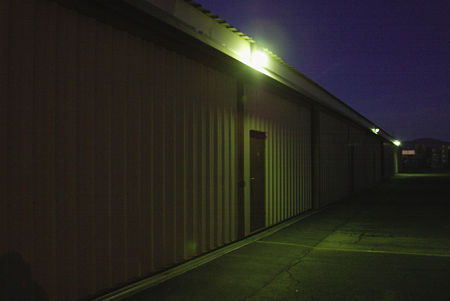
This image was shot at ISO 1600 with a pro digital SLR, and while noisier than a lower-ISO image, quality is still quite good.
- Log in or register to post comments
